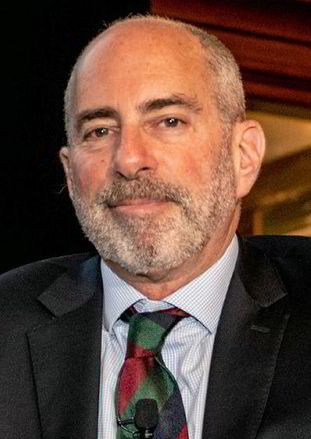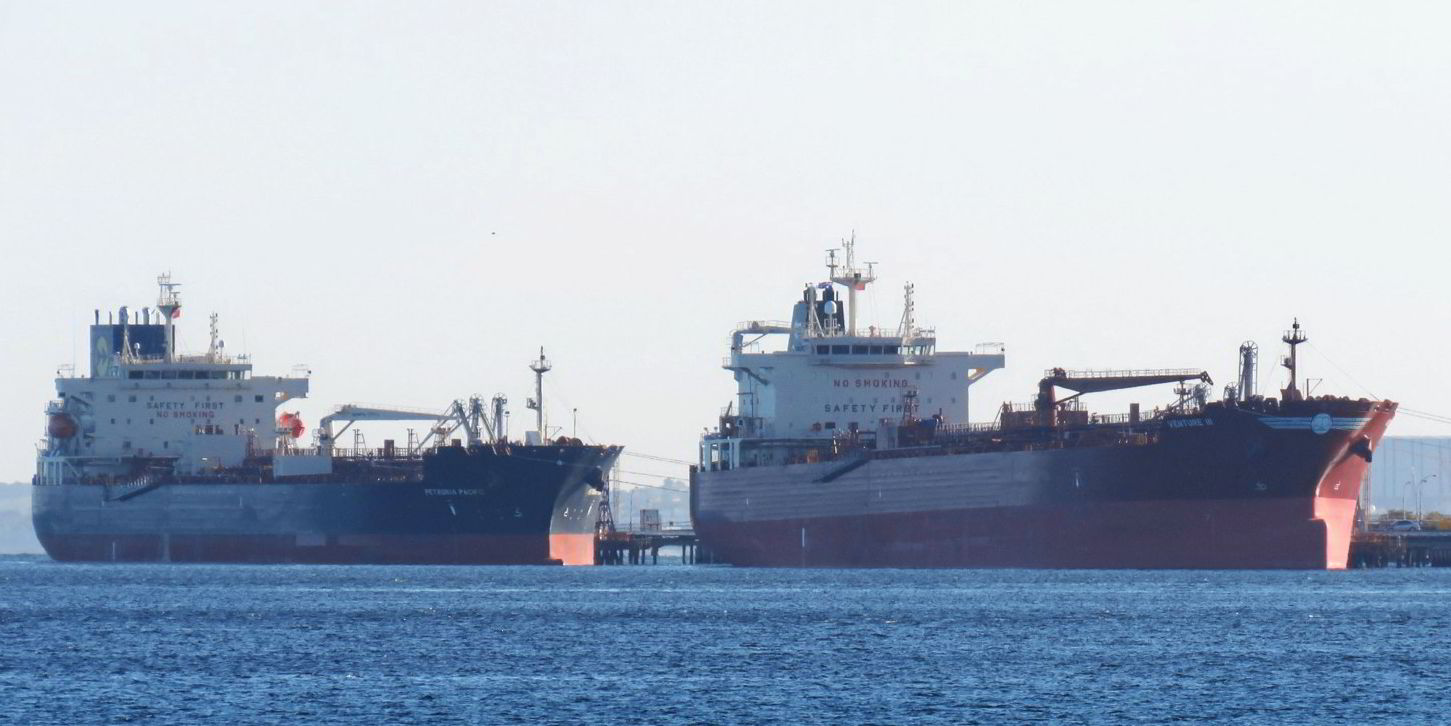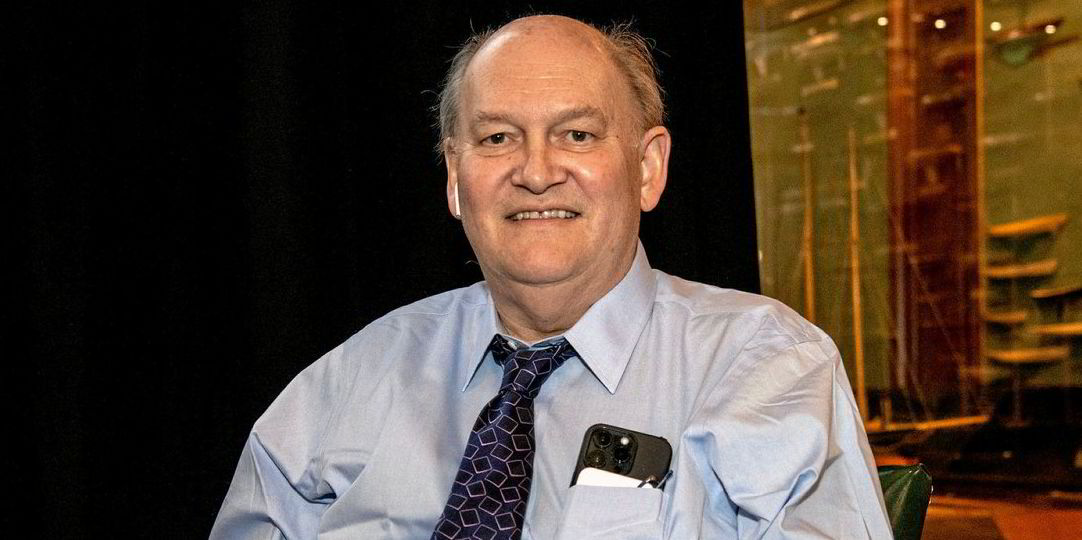When Ardmore Shipping reported its earnings, its share price skyrocketed 17% in a day, reaching its highest level ever on the New York Stock Exchange.
Why were investors so happy?
The Ireland-based tanker company not only reported better-than-expected profits for the first three months of the year but was among owners of MR product tankers that gave a bullish look at vessel earnings for the second quarter.
To sum it up: things are looking good for MRs, thanks to geopolitics and shifting trade lanes that continue to lengthen voyages and macroeconomics that are buoying demand.
“The near-term outlook continues to be very positive as a result of geopolitical events and other disruptions,” Ardmore chief executive Anthony Gurnee told analysts in a conference call.
“But of course, it’s underpinned by very strong supply-demand fundamentals.”
Ardmore’s eco-design MR tankers earned an average spot time charter equivalent rate of more than $38,300 per day in the first quarter, and that rate rises to $40,500 per day so far in the second quarter, with 60% of revenue days booked.

Scorpio Tankers’ MRs earned more than $35,000 per day in the spot market and tanker pools, and the company expects that to rise to $38,000 for the current reporting period, with 51% of days booked.
While Red Sea disruptions are dominating headlines in other shipping sectors, they are not a big factor for MR tankers.
“While LR2s have captured headlines because of their higher volatility and impact from disruptions in the Red Sea, MR rates have shown remarkable consistency and served as a clear indicator of the robust underlying global demand for refined products,” Scorpio corporate development head James Doyle said in a call with analysts.
“This continues today.”
Gurnee said just 5% of the MR fleet used the Suez Canal, compared with 20% of the LR fleet. Instead, measures against Russia have propped up MR product tanker rates since the invasion of Ukraine in February 2022.

“The European Union refined products embargo responsible for splitting the global tanker fleet continues to drive higher tonne-mile demand,” Gurnee told analysts.
But Doyle said that even without the impact of Russia, distances have increased because refineries are moving farther away from consumers.
“Refinery closures in Europe, the US and Australasia have decreased local output, increasing the need for imports. Conversely, new refining capacity in places like the Middle East [has] boosted production, leading to an increase in exports,” he said. “The structural changes in capacity has and continues to reshape flows.”
That has boosted tonne-mile demand, which has increased by 21% since 2019 when Russia is included.
And then there is the global economy, which Gurnee described as resilient, with increasing oil consumption. And he expects the economy to grow further in the second half of this year.

“Global refinery runs are projected to increase by 5% in 2024 to an all-time high of 85m barrels a day, driven by activity in Asia and the Middle East, and increases in Chinese refined product export quotas as compared to the prior year adds to this constructive outlook,” he said.
International Seaways, which owns both product and crude tankers, told investors that its MRs earned nearly $38,000 per day in the spot market, in addition to $21,700 per day on period charters.
And even though it recently sold one of its 2009-built MRs, two others were locked into three-year charters, which executives described as “locking in value” for ships of this age.
“When we see outsize returns — outsize returns for a longer period — somewhere certainly more than a year heading towards three years at a high level that we can lock in, we tend to seek those opportunities,” Seaways chief executive Lois Zabrocky said on a conference call with analysts.
In the spot market, 15-year-old ships are competing with more modern tonnage. “At the moment, with a freight market like this, no, we’re not really seeing too much discrimination on age,” Seaways chief commercial officer Derek Solon said.
In the Scorpio earnings call, one analyst asked chief commercial officer Lars Dencker Nielsen whether he expected to see the usual seasonal lull in the second quarter.
“The short answer … is, I do not see seasonal pullback,” he said. “I see a seasonal ramp-up.”





